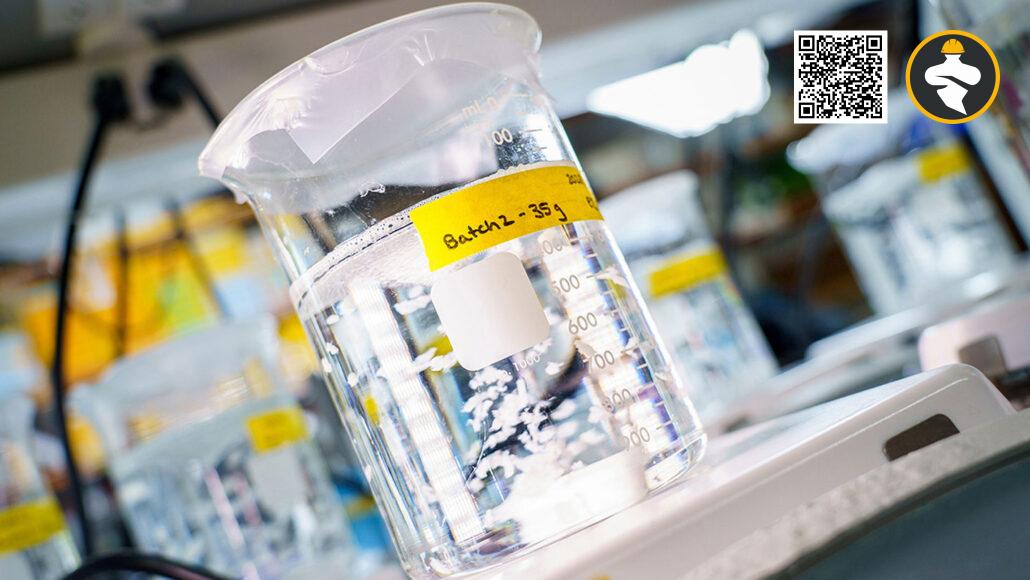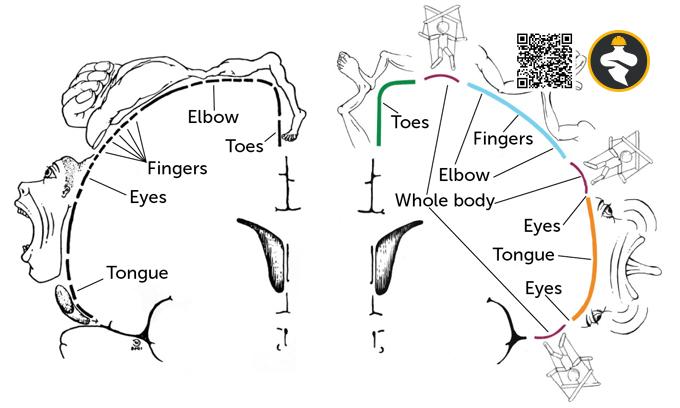In only six hours, heart attacks destroy cardiac muscle tissue, scarring the heart and causing lifelong damage. The injury inhibits the heart from working normally. Doctors could prevent scar tissue from forming if they could start repairing damaged tissue quickly after a heart attack.
“In an ideal world, you treat a patient as soon as they have a heart attack to attempt to preserve some of the tissue and stimulate regeneration,” explains Karen Christman, a bioengineer at the University of California, San Diego.

The pursuit of this goal motivated Christman and a team of researchers to create the biomaterial. Christman and colleagues write in Nature Biomedical Engineering on December 29 that it appears to heal tissue damage and decrease inflammation directly after a heart attack in rats and pigs.
“I think it has a lot of potentials,” said Vimala Bharadwaj, a Stanford University biomedical scientist who was not involved in the study. “It’s clearly solid proof of concept for what they’re attempting to achieve,” says the paper’s author.
Researchers previously discovered that stem cells obtained from human fat may be utilized to mend bones, muscles, and the heart. Christman was interested in working with the extracellular matrix, a protein lattice that provides structural support to cells in heart muscle tissue.
It possesses regenerating qualities similar to stem cells but is considerably less costly, she claims.
Christman’s team created a hydrogel using particles from this matrix in 2009. The substance adhered to damaged regions and stimulated cell regeneration and proliferation in rats and later in people, according to trials. Unfortunately, due to the hydrogel’s very high particle size, it could only be administered to the heart by a needle.
“Poking the heart with a needle might cause an arrhythmia,” Christman warns. To apply this medication, doctors would have to wait a few weeks until the heart becomes more stable and the likelihood of irregular heartbeats reduces. And by then, it would be too late to avoid scars.
The researchers took the previously generated hydrogel, centrifuged off the bigger particles to leave only nanoparticles, and then added water to dilute the mixture. This resulted in a substance that was thin enough to be delivered intravenously to cardiac blood arteries.
The scientists expected the combination to slide through any holes in cardiac blood arteries generated by the heart attack and stick to the surrounding tissue based on the nanoparticles’ size. Once there, it would form a protective barrier around the heart as it mended.
Animal investigations revealed that the extracellular matrix material binds to the leaky capillaries, preventing certain inflammatory cells from entering the heart tissue and causing further harm. The substance lowered inflammation in the heart and accelerated the healing process by encouraging cell growth, the team reports.
Further safety tests will be required before the biomaterial can be used in clinical trials. The first human experiment will most likely be for mending cardiac tissue after a heart attack. “Moving things out of the lab and into the real world is a big part of my drive,” Christman adds.
According to Christman, another real-world use of the biomaterial might be therapy for leaky blood arteries in other difficult-to-access organs, such as the brain after a catastrophic injury.
While Bharadwaj believes the application has potential, she believes that more research is needed to determine whether the biomaterial relieves headaches and cognitive or memory problems in the brain following a traumatic injury. This is required to determine whether it is indeed a successful TBI treatment.
Reference: Allison Gasparini@www.sciencenews.org












Im very happy to find this web site. I need to to thank you for ones time for this particularly wonderful read!! I definitely liked every bit of it and I have you saved to fav to check out new stuff on your website.